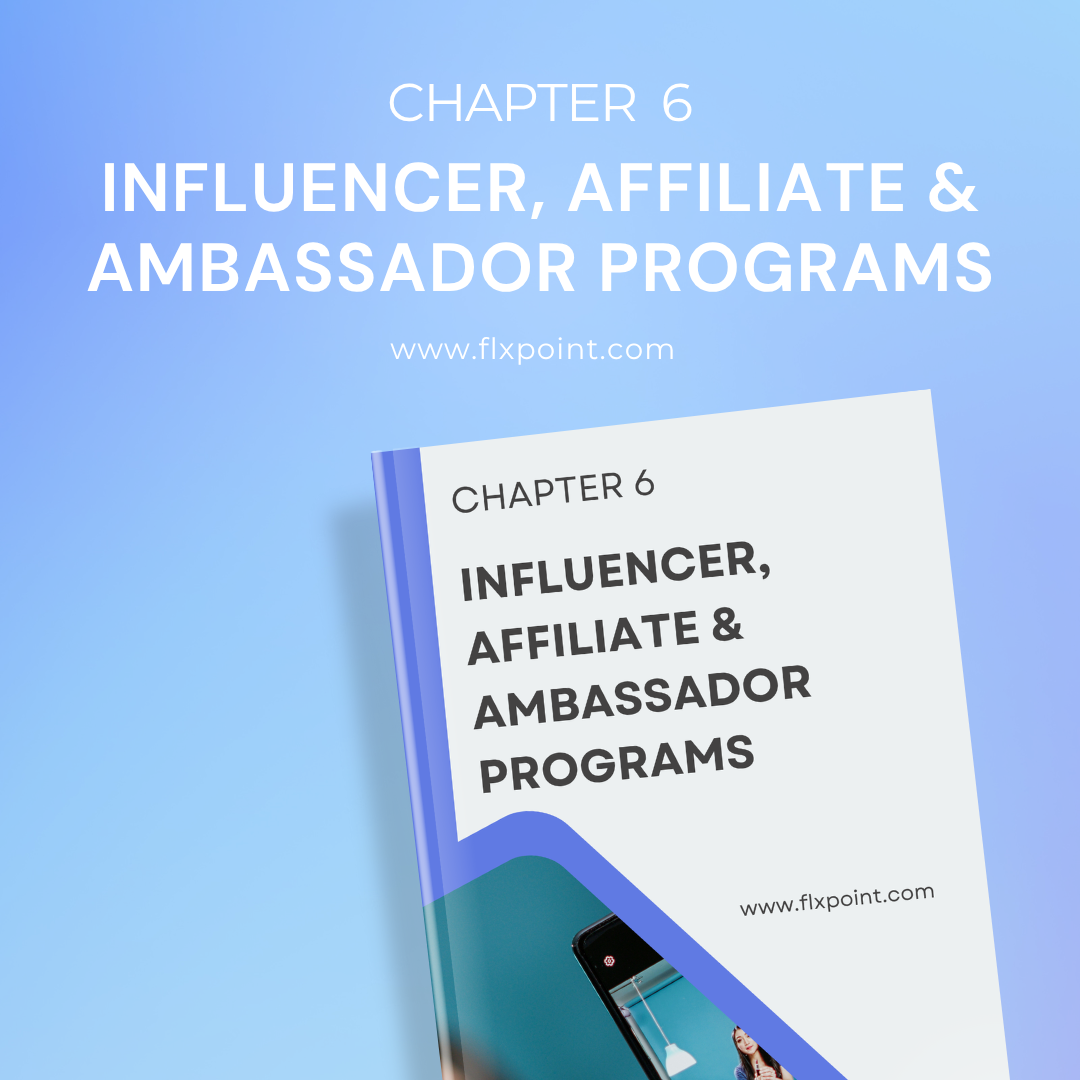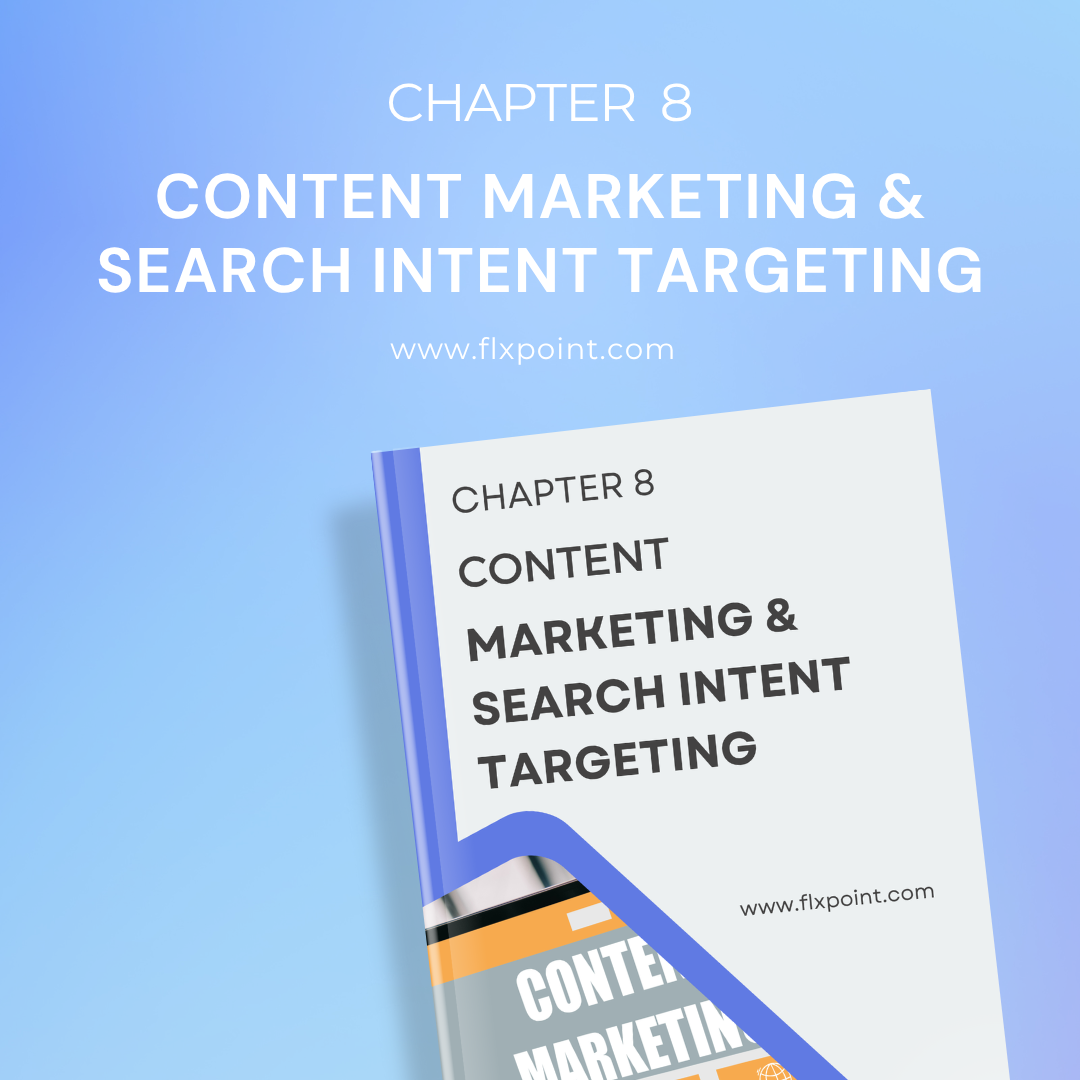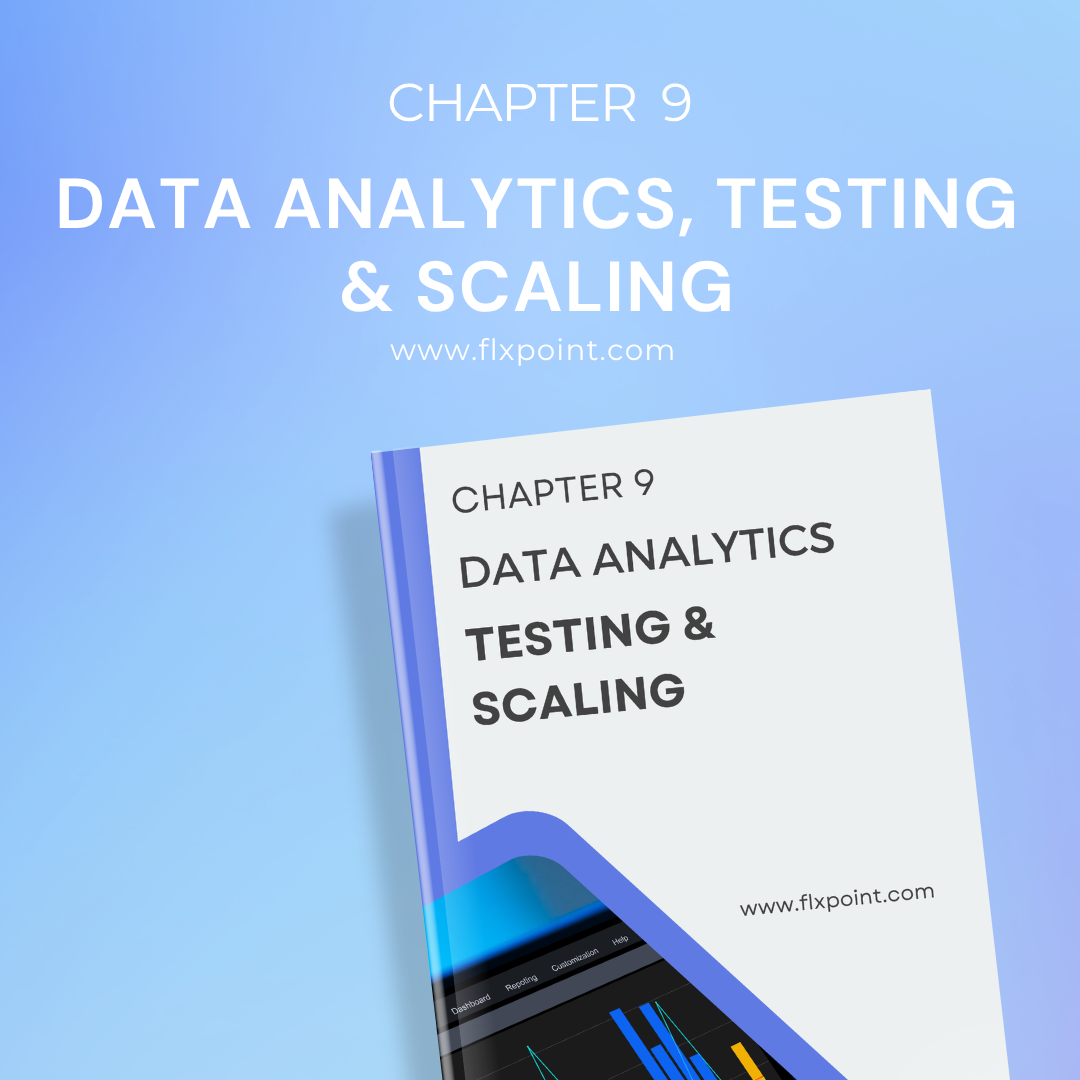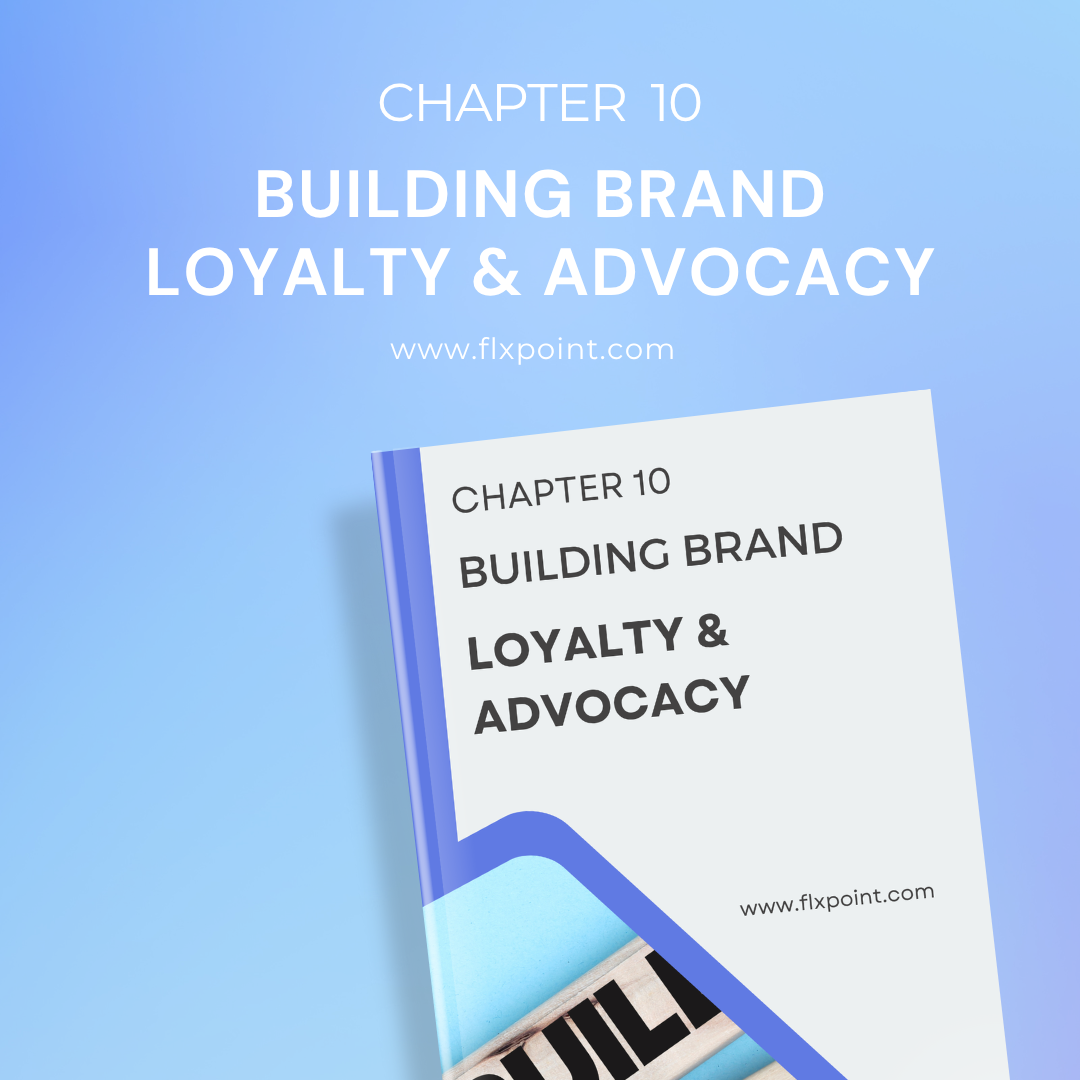Chapter 2 Technical Store Optimization for Conversions
Discover how to optimize your store for better conversions. Improve UI design, site speed, schema markup, and checkout optimization techniques that boost sales.
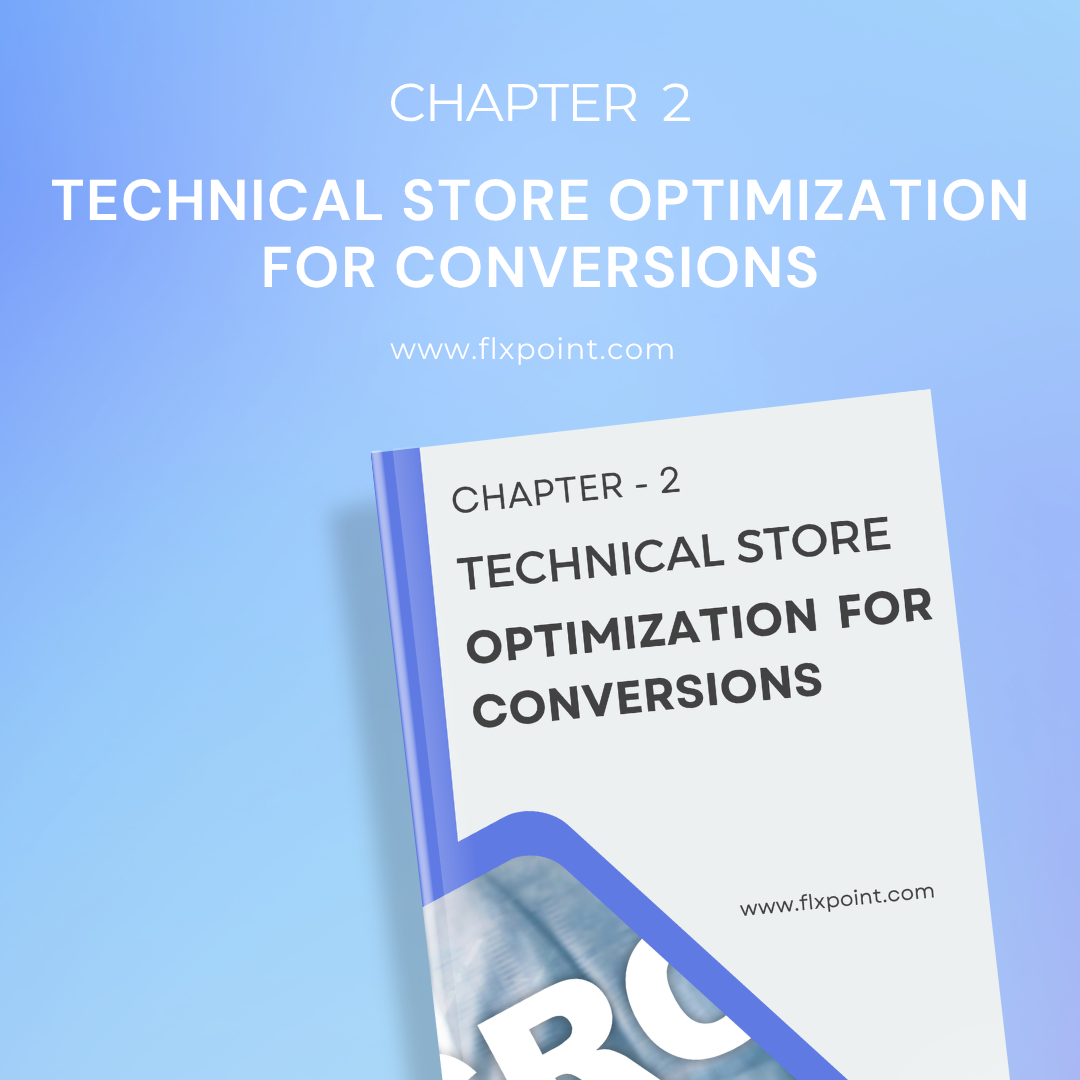
Table of Content
- Introduction
- Structuring Your Store for UX and Conversion Funnel
- Schema Markup for Products (Product, Offer, Aggregate Rating)
- Core Web Vitals and Performance Tuning
- Implementing CRO Tools: Hotjar, Crazy Egg, VWO
- Checkout Optimization Strategies (One-Page Checkout, Guest Login)
Introduction
Traffic’s great — but if your online store isn’t technically dialed in, most visitors will bounce before they ever buy. Let’s fix that. This chapter dives into the nuts and bolts of technical store optimization, showing you exactly how to structure your store for maximum conversions.
While marketing tactics come and go, these technical foundations remain essential for any successful ecommerce operation. Let's explore how to turn your store into a conversion-generating machine through proper technical setup.
Structuring Your Store for UX and Conversion Funnel
The architecture of your store directly impacts how customers find products and make purchases. A well-structured store guides visitors naturally toward conversion without friction or confusion.
Navigation Hierarchy That Converts
Your store navigation serves as the roadmap for visitors. Organize categories logically based on how customers actually shop, not just how you organize products internally.
Consider these navigation best practices:
- Limit main categories to 5-7 options to prevent choice paralysis
- Use descriptive labels instead of clever names (e.g., "Men's Shirts" instead of "Top Shelf")
- Include a prominently visible search function for customers who know exactly what they want
- Add category filters that match common shopping parameters (size, color, price, material)
If finding a product feels like a chore, most shoppers won’t stick around. Fewer clicks, clearer paths — that’s how you keep them moving toward the exit point in your funnel.
Product Discovery Flow
Product discovery should feel intuitive. Customers follow different paths based on their shopping intent:
High-intent shoppers know exactly what they want and head straight to search. Make sure your search function handles common misspellings and synonyms.
Browsers explore categories and collections. Help them with curated collections like "Best Sellers," "New Arrivals," or "Staff Picks" prominently displayed on your homepage.
Deal-seekers look for sales. Create a dedicated "Sale" or "Clearance" section that's easily accessible from your main navigation.
Each path should lead smoothly toward product detail pages with minimal friction.
Mobile-First Thinking
Mobile commerce continues growing rapidly, with over 60% of online shopping now happening on mobile devices. Yet many stores still treat mobile as an afterthought.
Mobile optimization means:
- Thumb-friendly navigation with larger touch targets
- Simplified forms with fewer fields
- Strategic placement of CTAs within thumb reach
- Fast loading times (more on this later)
- Streamlined product images that look good on smaller screens
Test your mobile checkout process personally. If you encounter any frustration, your customers certainly will too.
For example, instead of:
Home > Apparel > Men's > Activewear > Shorts > Running Shorts
Consider a flatter structure:
Home > Men's Running Shorts
This simplified approach helps visitors find products faster. Navigation clarity directly correlates with conversion rates, with studies showing that each additional navigation step can reduce conversions by up to 10%.
Conversion-Focused Homepage Design
Your homepage isn't just a welcome mat, it's a strategic conversion tool. Structure it to guide visitors toward action:
- Clear value proposition above the fold that communicates why customers should buy from you
- Primary CTA that stands out visually and directs visitors to your main conversion path
- Category shortcuts that allow quick navigation to popular sections
- Social proof elements like customer counts, reviews, or testimonials
- Featured products or collections that showcase your best offerings
Remove any elements that don't actively contribute to guiding customers toward purchase.
The Product Detail Page Blueprint
Product detail pages deserve special attention as they're where purchase decisions happen. Optimize these pages with:
- High-quality zoomable product images from multiple angles
- Clear, scannable product descriptions focused on benefits, not just features
- Prominent pricing information with any discounts displayed
- Availability information (in stock, limited quantity, out of stock with restock date)
- Simple size/variant selectors that prevent selection errors
- A prominent, contrasting "Add to Cart" button
- Related product suggestions for cross-selling opportunities
- Customer reviews are displayed prominently (not hidden in tabs)
The goal is to answer every potential question a customer might have before they need to ask it.
Schema Markup for Products (Product, Offer, Aggregate Rating)
Schema markup might sound technical, but it's essentially a way to help search engines understand your product information better. This structured data format helps search engines display rich results like pricing, availability, and ratings directly in search results.
Why Schema Matters for Conversions
Schema markup directly impacts your click-through rates from search engines, effectively starting your conversion funnel before visitors even reach your site.
When properly implemented, schema markup allows your products to appear in search results with:
- Star ratings from customer reviews
- Current pricing information
- Availability status
- Special offers
- Product images
These rich snippets make your listings stand out and pre-qualify visitors before they click through to your site.
Essential Product Schema Types
For ecommerce sites, three schema types are particularly important:
1. Product Schema This foundational markup identifies an item as a product and includes basic details like:
- Product name
- Description
- Product image URL
- Brand
- SKU or identifier
- Product URL
2. Offer Schema This markup provides details about the commercial offering:
- Price
- Currency
- Availability (in stock, out of stock, preorder)
- Condition (new, used, refurbished)
- Valid selling date ranges for seasonal items
- Any special pricing or promotional offers
3. Aggregate Rating Schema This displays overall ratings from your customers:
- Average rating value
- Rating count
- Review count
- Best and worst ratings
Testing Your Schema Implementation
Most modern ecommerce platforms offer schema implementation through apps or built-in functionality. If yours doesn't, consider working with a developer to add this critical markup to your product pages.
After implementing schema markup, verify it works correctly using Google's Rich Results Test tool. This free resource checks your pages and identifies any errors in your markup that might prevent rich results from displaying.
Regular testing is important, especially after template changes or platform updates that might break your schema implementation.
Core Web Vitals and Performance Tuning
According to research, every 100ms of latency can cost you 1% in conversion rate. Google's Core Web Vitals provide a framework for measuring and optimizing site performance.
Understanding Core Web Vitals
Core Web Vitals might sound like jargon, but they boil down to three things every shopper cares about: how fast your site loads, how fast it reacts, and whether stuff jumps around on screen.
1. Largest Contentful Paint (LCP) This measures perceived loading speed; how quickly the largest content element becomes visible. Aim for LCP under 2.5 seconds.
2. First Input Delay (FID) This measures interactivity; how quickly your site responds when users click or tap elements. Aim for FID under 100 milliseconds.
3. Cumulative Layout Shift (CLS) This measures visual stability; how much elements move around while the page loads. Aim for CLS under 0.1.
Together, these metrics provide a comprehensive picture of your site's technical performance from the user's perspective.
Performance Optimization Tactics
Improving your Core Web Vitals requires addressing several technical aspects:
Image Optimization
- Compress all images using tools like TinyPNG or ShortPixel
- Use next-gen formats like WebP, where browser support allows
- Implement lazy loading so images load only as users scroll to them
- Specify image dimensions in HTML to prevent layout shifts
CSS and JavaScript Optimization
- Minify and combine CSS and JavaScript files
- Remove unused code
- Defer non-critical JavaScript
- Use critical CSS for above-the-fold content
Server and Hosting Optimization
- Implement browser caching with appropriate cache headers
- Use a Content Delivery Network (CDN) for global customers
- Consider upgrading your hosting if server response times are slow
- Enable GZIP or Brotli compression for text assets
Third-Party Script Management
- Audit and remove unnecessary third-party scripts
- Defer non-essential scripts
- Self-host critical third-party resources when possible
- Use resource hints like preconnect for essential third-parties
Mobile Performance Considerations
Mobile connections are typically slower and less stable than desktop broadband. Your performance optimization strategy should account for this reality:
- Create lighter-weight mobile versions of pages when possible
- Prioritize critical content loading first
- Minimize large background images on mobile
- Test on actual mobile devices over throttled connections, not just simulators
Monitoring Performance Over Time
Performance optimization isn't a one-time task it requires ongoing monitoring and maintenance:
- Set up regular Core Web Vitals monitoring through Google Search Console
- Implement Real User Monitoring (RUM) to track actual user experiences
- Schedule quarterly performance audits using tools like Lighthouse or WebPageTest
- Establish performance budgets for new features and designs
Even small performance improvements can yield significant conversion gains when implemented systematically.
Implementing CRO Tools: Hotjar, Crazy Egg, VWO
.You’ve fixed the tech — now it’s time to see how real customers actually behave on your site. That’s where CRO tools come in. Conversion Rate Optimization (CRO) tools provide these critical insights and help test improvements.
Selecting the Right Analytics Stack
Before diving into specialized CRO tools, make sure your foundation is solid:
- Basic analytics (Google Analytics, Matomo, or Plausible) for overall traffic patterns and conversion tracking
- Enhanced ecommerce tracking to monitor the full purchase funnel
- Tag management (Google Tag Manager) for easier implementation of tracking codes
- Specialized CRO tools for deeper behavior analysis
Your analytics should tell a complete story of the customer journey from first visit to purchase (and ideally beyond to repeat purchases).
Visual Behavior Analysis Tools
Tools like Hotjar and Crazy Egg provide visual insights into user behavior through:
Heatmaps showing where users click, move, and scroll on your pages. Look for:
- Areas receiving unexpected clicks (potential confusion points)
- Important elements are being ignored
- Content that users aren't scrolling far enough to see
- Mobile-specific interaction patterns
Session recordings of actual user visits. These reveal:
- Navigation patterns between pages
- Hesitation points in the purchase process
- Form completion difficulties
- Rage clicks (multiple rapid clicks indicating frustration)
When analyzing recordings, focus on sessions that didn't convert but went deep into your funnel. These near-misses often reveal your biggest conversion barriers.
A/B Testing Platforms
Once you've identified potential improvements, A/B testing platforms like VWO (Visual Website Optimizer) allow you to test changes before full implementation:
What to test first:
- Critical conversion elements like CTAs, product descriptions, and checkout steps
- High-traffic pages where small improvements yield significant results
- Elements identified as problematic through behavior analysis
Testing best practices:
- Test one major change at a time for clear results
- Ensure sufficient traffic for statistical significance
- Run tests for complete business cycles (minimum 1-2 weeks)
- Document all tests, even unsuccessful ones, to build institutional knowledge
User Feedback Collection
Quantitative data tells you what's happening, but qualitative feedback explains why:
- On-site surveys asking specific questions at key moments (e.g., exit intent, post-purchase)
- Feedback widgets allowing users to report issues on specific pages
- User testing with recruits from your target audience completing specific tasks
Look for patterns in feedback that align with your analytics data to identify your highest-priority improvements.
Integration Into Your Workflow
Tools alone don't improve conversion rates; they must be integrated into your regular workflow:
- Set up a weekly or bi-weekly CRO meeting to review insights
- Create a prioritized backlog of potential improvements
- Develop a testing calendar based on impact potential and implementation effort
- Document all tests and their results, successful or not
- Implement winning changes permanently and monitor ongoing performance
The most successful companies make CRO an ongoing process rather than a one-time project.
Checkout Optimization Strategies (One-Page Checkout, Guest Login)
The checkout process represents the final and most critical stage of your conversion funnel. Even small friction points here can cause significant cart abandonment.
Checkout UX Fundamentals
Before implementing specific checkout formats, ensure these fundamentals are in place:
- Progress indicators showing customers exactly where they are in the checkout process
- Form field validation that happens in real-time, not after submission
- Error messages that are clear, helpful, and positioned near the problematic field
- Field labels positioned above input fields (not inside as placeholder text)
- Autofill compatibility for address and payment information
- Mobile-optimized forms with appropriate keyboard types for different fields
These basics apply regardless of your specific checkout implementation.
One-Page vs. Multi-Step Checkout
Both approaches can work well when properly implemented:
One-Page Checkout Benefits:
- Gives customers a complete overview of the process
- Eliminates clicks between steps
- Makes it easier to review and edit information
- Works well for simple products with minimal information needs
Multi-Step Checkout Benefits:
- Breaks a complex process into manageable chunks
- Reduces cognitive load at each step
- Creates a sense of progress and commitment
- Better for complex products requiring additional information
Rather than following trends, test both approaches with your specific audience and products.
Guest Checkout Implementation
Forcing account creation before purchase is a conversion killer. Research shows up to 35% of customers will abandon carts if forced to create an account.
Implement guest checkout with these best practices:
- Make guest checkout the default or prominent option
- Clearly explain the benefits of creating an account (order tracking, faster checkout next time)
- Offer account creation after purchase completion when the customer has already invested in the process
- Implement social login options for those who prefer them
For returning customers, offer account recognition by email address with a simple password prompt rather than requiring full login credentials.
Trust Signals During Checkout
The checkout page is where payment information is shared; make customers feel secure:
- Display security badges and payment method logos prominently
- Show shipping and return policy reminders
- Include customer service contact information for last-minute questions
- Maintain your site header and navigation during checkout (in simplified form) to prevent feeling "trapped"
Removing unnecessary distractions while maintaining trust elements creates the optimal checkout environment.
Mobile Checkout Considerations
Mobile checkout deserves special attention:
- Use large, thumb-friendly buttons for all interactions
- Implement address lookup functionality to minimize typing
- Offer digital wallet payment options (Apple Pay, Google Pay) for one-tap checkout
- Test your forms on various devices and screen sizes
Remember that mobile users often shop in distracting environments with intermittent connectivity. Make the process as streamlined and fault-tolerant as possible.
Post-Purchase Optimization
Conversion optimization doesn't end at the "Thank You" page. An optimized post-purchase experience:
- Confirms order details clearly and concisely
- Sets clear expectations for next steps and shipping
- Provides order tracking information
- Offers relevant cross-sells for complementary products
- Invites social sharing or referrals while excitement is high
A positive post-purchase experience increases the likelihood of repeat purchases and referrals, extending the value of your initial conversion effort.
Bringing It All Together: Your Technical Optimization Roadmap
Implementing all these technical optimizations might seem overwhelming, but a methodical approach makes it manageable:
- Audit your current state across all areas discussed in this chapter
- Prioritize issues based on potential impact and implementation difficulty
- Create a quarterly roadmap with specific technical improvements
- Measure baseline metrics before making changes
- Implement improvements systematically, testing where appropriate
- Document results and adjust your approach based on actual outcomes
Markets, technologies, and customer expectations continually evolve, requiring regular reassessment of your technical foundation.
By systematically addressing these technical aspects of your store, you create an environment where your marketing efforts can truly shine. Even the best marketing campaigns will fall flat if directed toward a technically flawed store. Conversely, a technically optimized store amplifies the effectiveness of every marketing dollar spent.
Start with the fundamentals outlined in this chapter, measure your results, and continue refining your technical infrastructure to support sustainable conversion growth.
👉 Try Flxpoint Free for 14 Days and see the difference in your conversion rates!
Have questions? Talk to our experts today—we’ll help you build a store that converts.
Guide Chapters
- Chapter 1: Choosing the Right Ecommerce Platform
- Chapter 2: Technical Store Optimization for Conversions
- Chapter 3: SEO for Dropshipping – Advanced Tactics
- Chapter 4: Paid Media Mastery
- Chapter 5: Social Media & Content Engines
- Chapter 6: Influencer, Affiliate & Ambassador Programs
- Chapter 7: Email & SMS Marketing Automation
- Chapter 8: Content Marketing & Search Intent Targeting
- Chapter 9: Data Analytics, Testing & Scaling
- Chapter 10: Building Brand Loyalty & Advocacy
All Chapters in This Guide
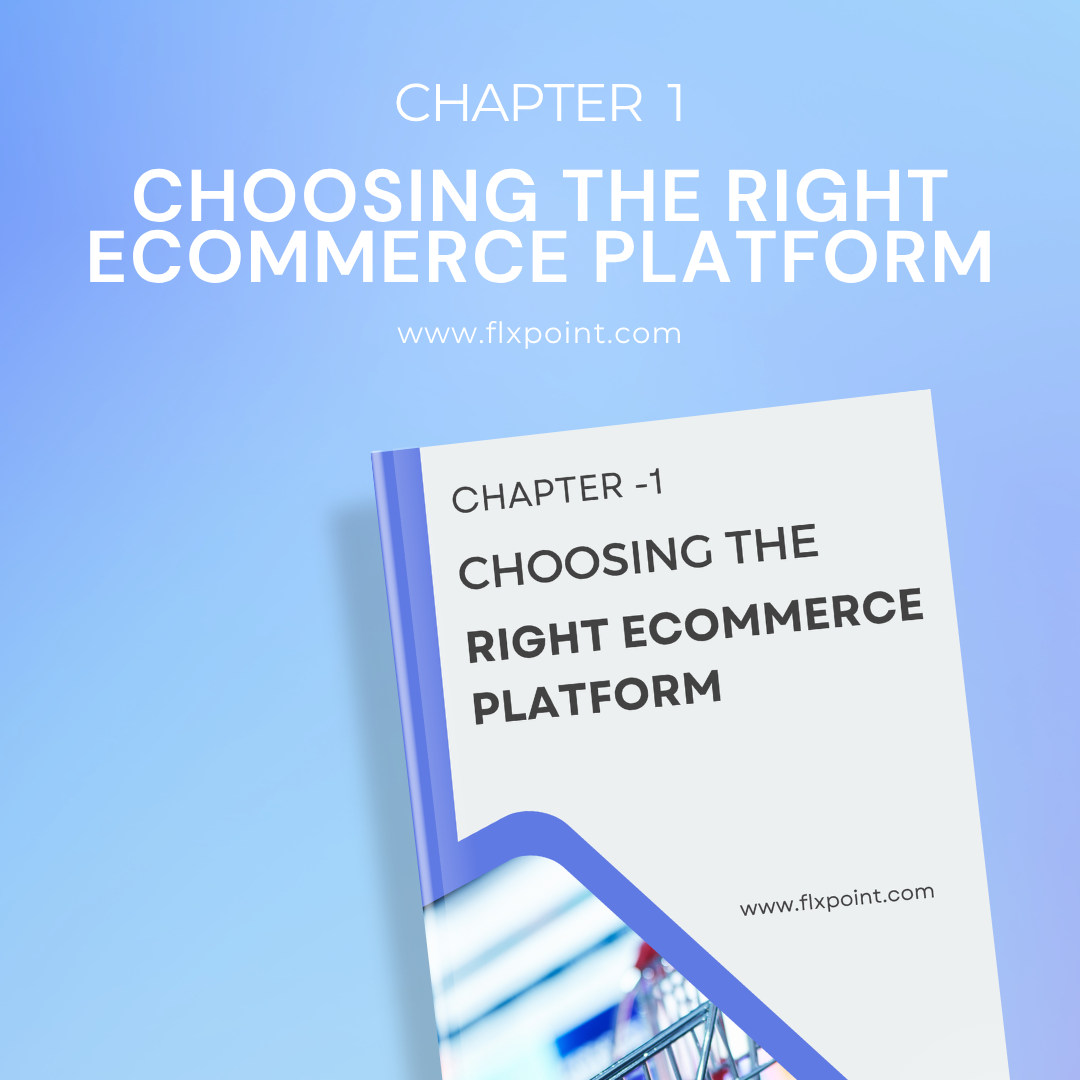
Your platform choice affects everything else you'll do. We compare Shopify, WooCommerce, BigCommerce, and Wix across what matters most: cost, scalability, marketing tools, SEO features, and payment options. Learn which platform fits your business size, technical skills, and growth plans—so you don't have to migrate later.
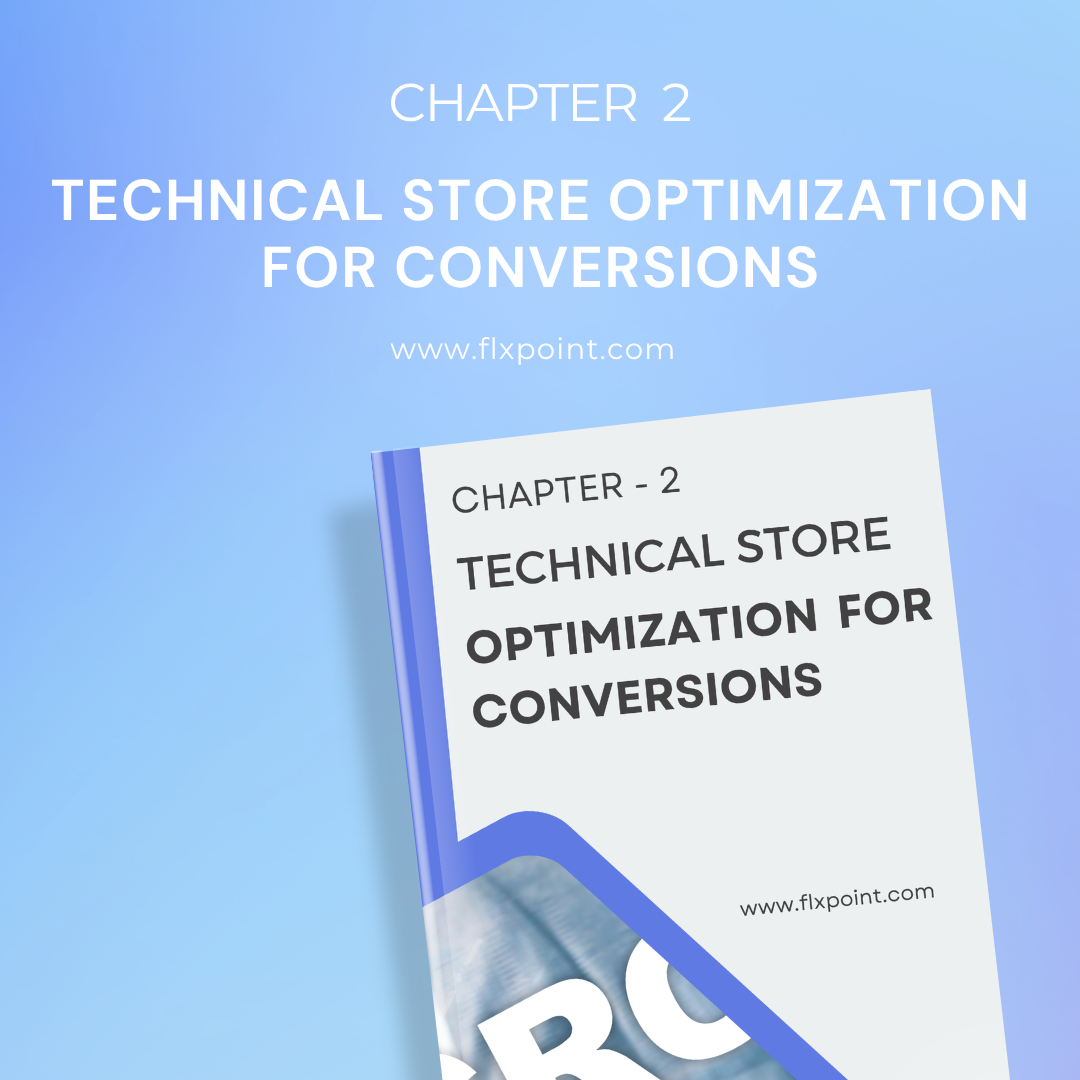
Small technical fixes create big revenue gains. Learn how to structure your store so customers actually buy, implement schema markup that helps you show up in search, speed up your site, and set up tools like Hotjar to see exactly where people get stuck in your buying process.
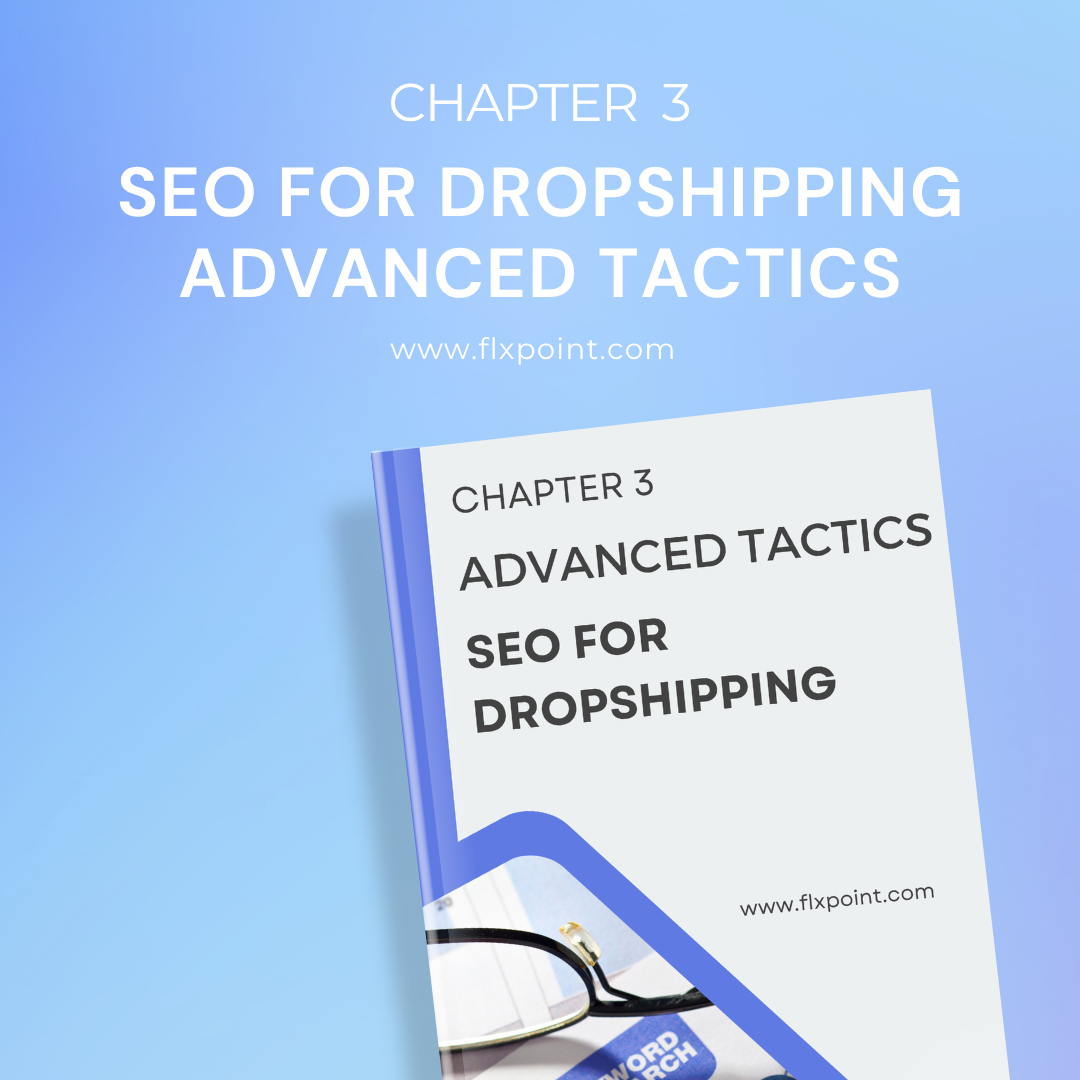

Stop wasting money on ads that don't convert. Build campaigns that work at every stage - from awareness to repeat purchase. Master Facebook ads, Google Shopping, Dynamic Product Ads, and figure out which touchpoints actually drive sales with proper attribution.
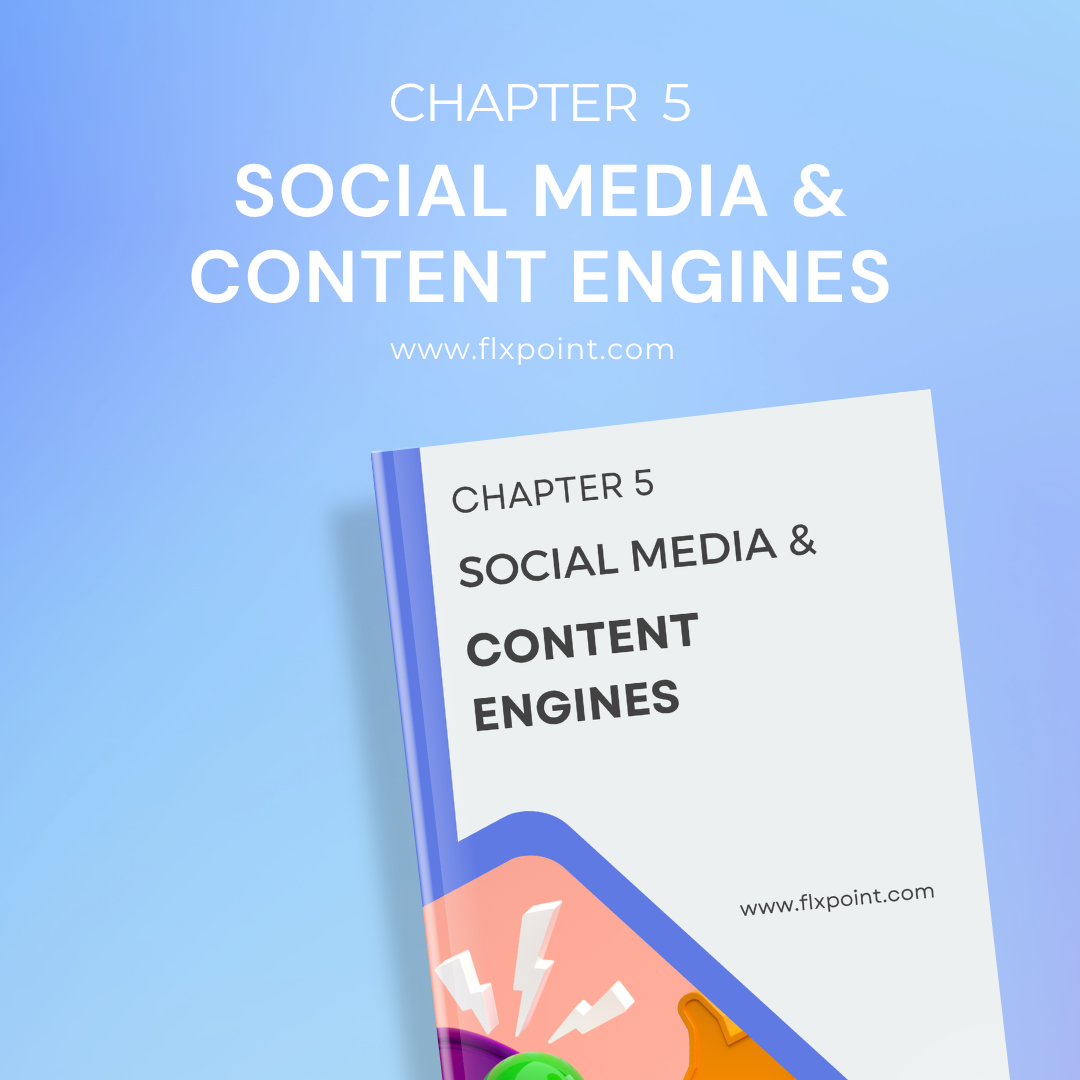
Create content systems that run themselves. Build engines for Instagram Reels, YouTube Shorts, Pinterest, and Stories. Use AI tools to scale content creation, collect user-generated content legally, create viral loops, and track what's actually driving sales.
